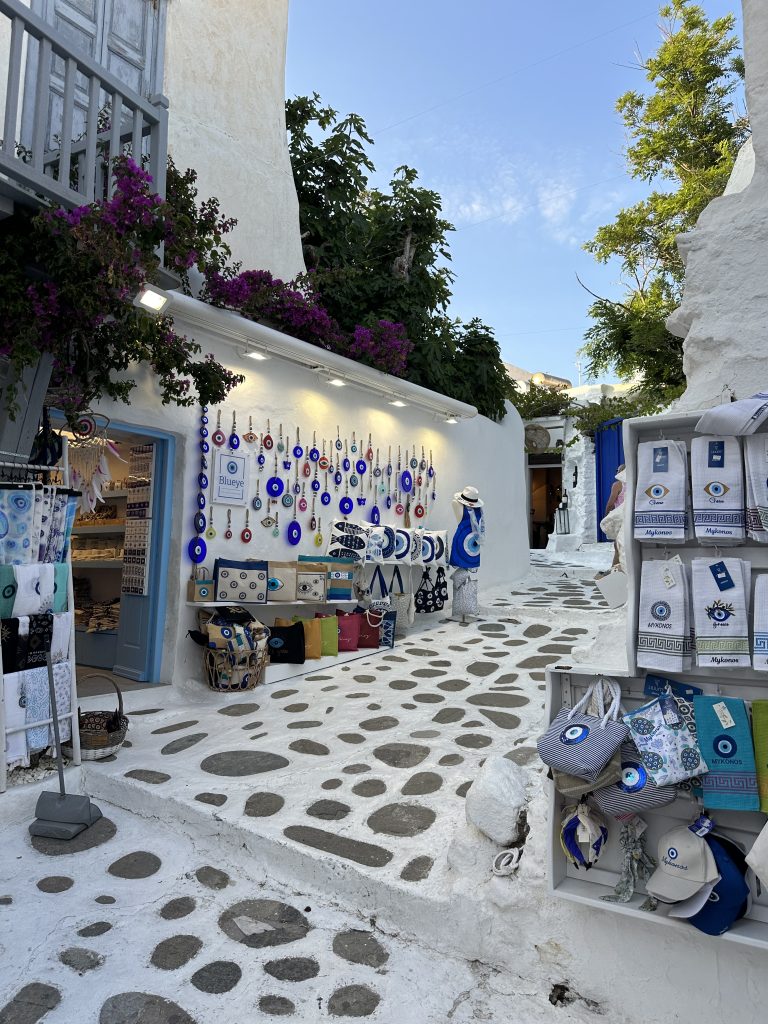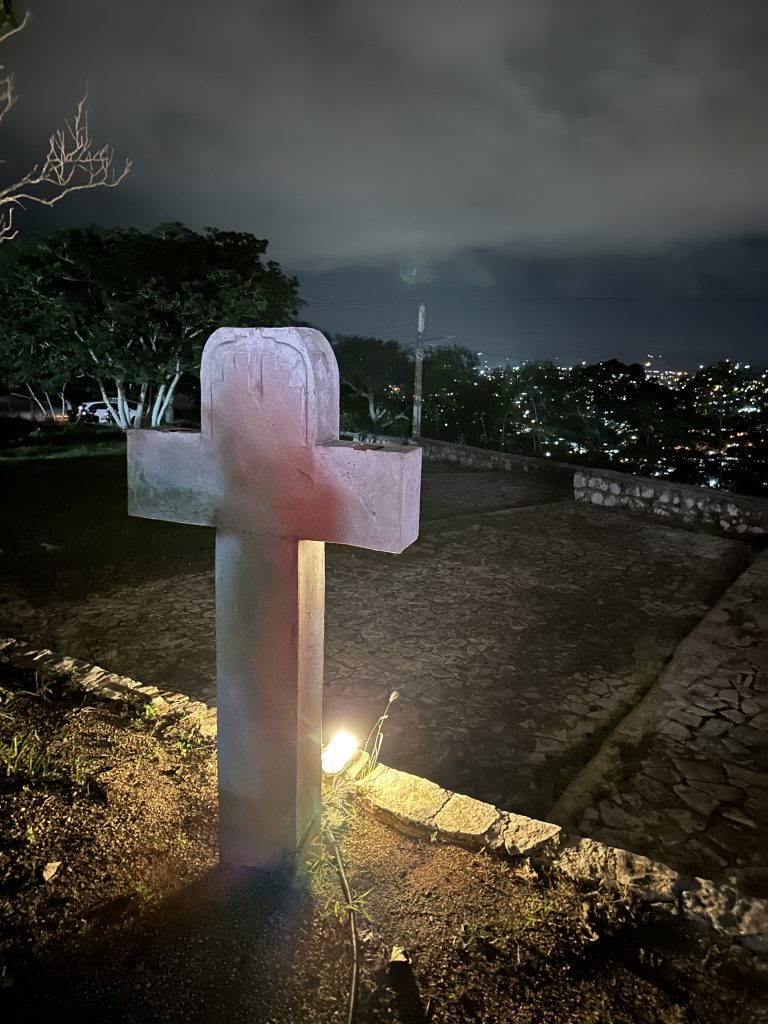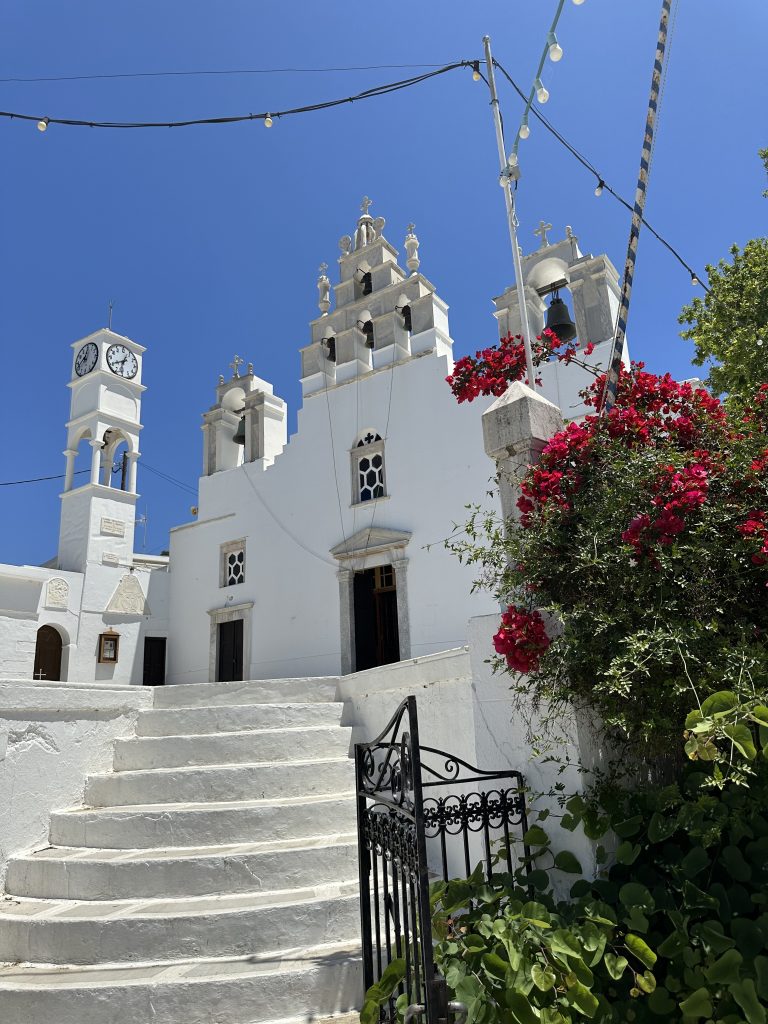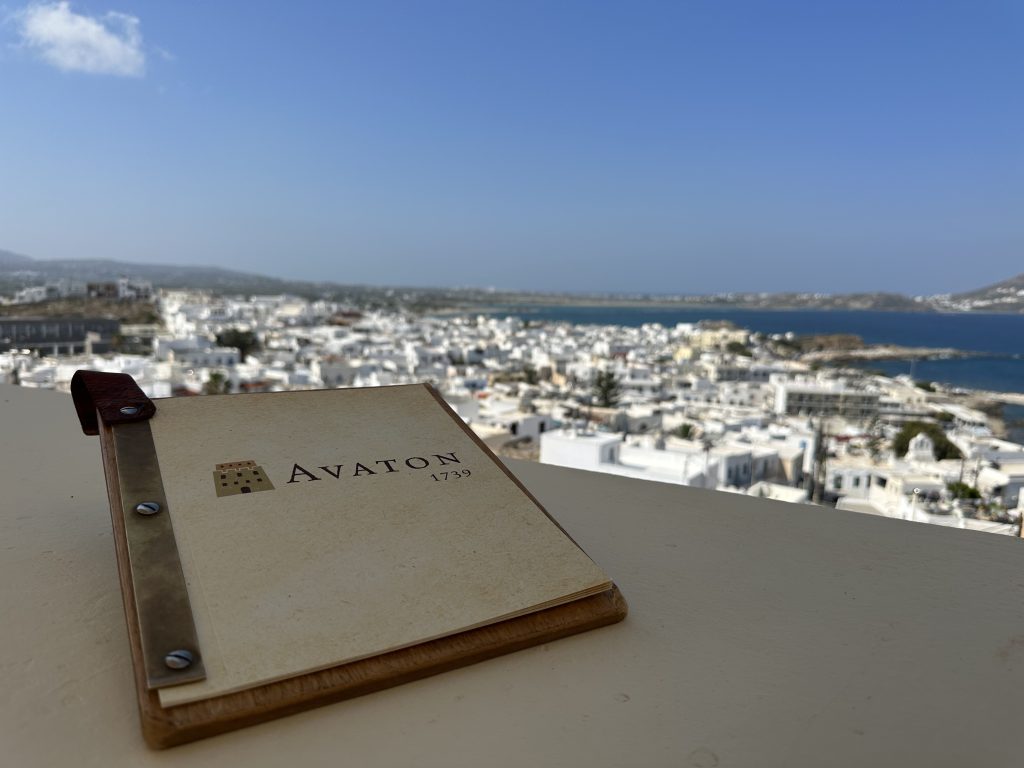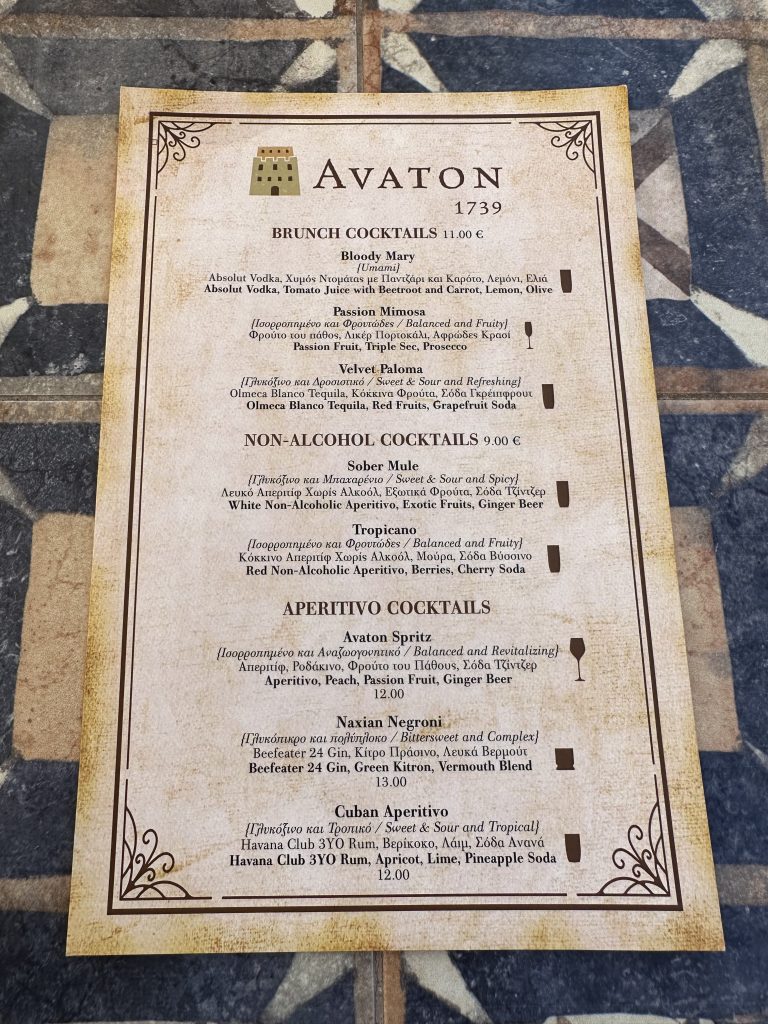If you are planning your first trip to the Red City of Marrakech in Morocco, then I suggest you strap yourself in and prepare to immerse yourself in a city that will enchant, inspire, surprise and at times, shock you!
Before visiting, I had received mixed reviews about Marrakech. So many people love this iconic North African city, in particular highlighting, the history and beating heart of the ancient Medina, the incredible souks, and the delicious cuisine. However, others expressed reservations concerning issues such as cleanliness and safety.
It was back in 2014 that I first took the short 3-hour 30-minute flight from London to Morocco’s 4th largest city. On my first evening, I will never forget pulling up in a taxi at the iconic Jemaa el-Fnaa square. I stepped out into the dry, warm evening air and immediately came face to face with a craggy-faced gentleman pulling a wooden cart stacked high with snails. These were not just any old snails in transit, they were Moroccan snails that make up the local delicacy, Babbouche – a spicy broth sold in nearby street stalls. As I reached for my camera and pointed it in his direction, he wagged his finger while covering his face. I immediately knew that I was in a city that demanded my respect…. I had learned my lesson!
It may not have been love at first sight, but I can assure you that, as you get under the skin of this fascinating, rich, and vibrant city, you will begin to fall for the undoubted charms and the gritty authentic atmosphere, that is Marrakech!

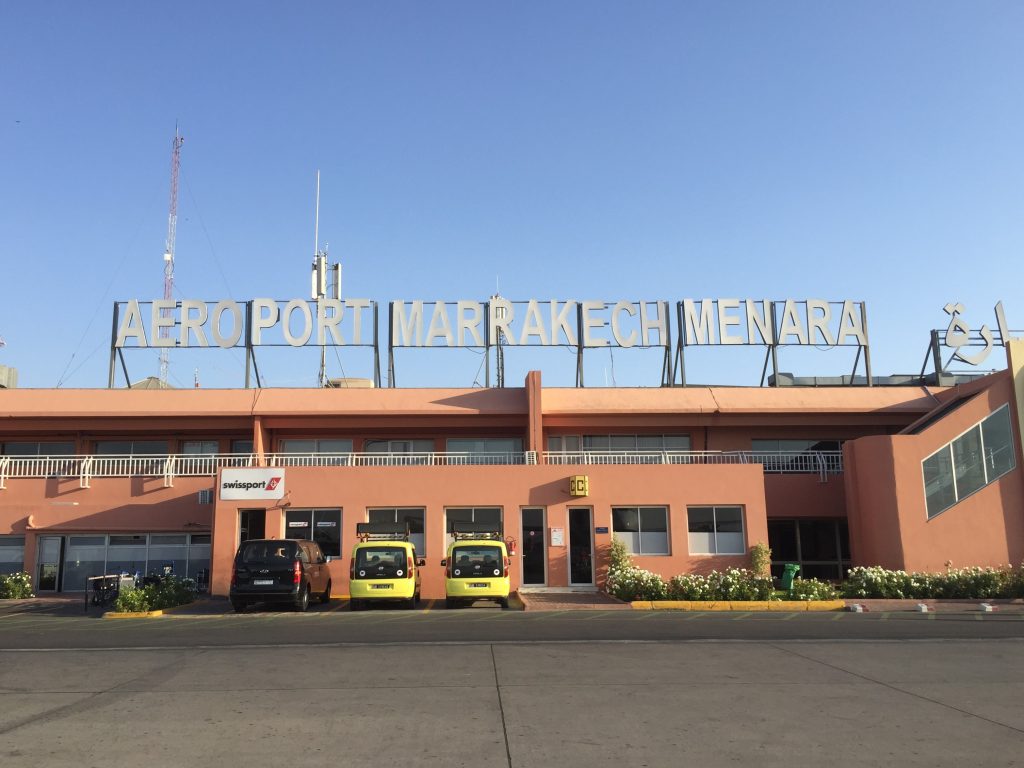

When To Travel
Marrakech enjoys very hot dry summers and cooler yet sunny winters. The hottest month to travel is in July when temperatures can reach over 40C, whilst the coolest month is in January when they drop to an average of 19C.
From personal experience, I believe the best time to visit Marrakech is during the Spring and Autumn months when the weather is warm but not intense. These days allow you to sunbathe when you wish but also explore in relative comfort.
What To Wear
Speaking of comfort, another key consideration is how to dress, especially for the ladies. There are no rules as to what you should wear but as I have mentioned, it is important to have respect for the local people who are mainly of Arab and Berber origin.
When out and about, especially when visiting religious sites, women should dress more conservatively with their shoulders covered together with long dresses or trousers.
You should be prepared to walk long distances in Marrakech as there is so much to see especially in the Medina and around the Souks, so ensure you have comfortable and hard-wearing shoes.


The Highlights of Marrakech
When visiting the historic centre for the first time, I would recommend you pre-order a tourist guide, whether that is via your accommodation or in advance through your tour provider. The city is vast and getting lost, especially in the souks, is, trust me, very easy. Qualified trained guides will work with you and understand what it is you want to get from your visit and tailor their walking tour accordingly.
As a couple of extra tips, make sure you take bottled water with you as tap water is off limits and note that many places will not accept a credit card as payment, so be sure to have a well-secured and hidden supply of the currency, Dirhams.
The Medina
The heart and soul of Marrakech is the ancient historic centre known as the Medina which is a UNESCO World Heritage Site. It was built over one thousand years ago and extends to an area of about 600 hectares.
Marrakech is known as the Red City, due to the buildings having this pink, ochre colour which derives from the beaten clay that was used to construct them all those centuries ago.
Within these walls and amongst the winding alleys and narrow streets there is much to visit including traditional Moroccan baths or Hammams, palaces, markets, mosques, and cool cafes to sit and people watch while sipping on a traditional coffee or enjoying a mint tea.



The Palaces of Marrakech
There are three main palaces in Marrakech including the ruins of the 16th century El Badi Palace which is considered the most ancient and historic, while the Royal Palace, which you cannot enter, is a wonderful example of Moroccan architecture.
The iconic 19th-century, Bahia Palace was my favourite with the entrance fee, a very reasonable 70 dirhams (about £5.50). Here you can view the intricate Moroccan workmanship that adorns almost every façade, the marble courtyard and gardens, mosaic ceilings, ancient paintings and exquisite ornate stone carvings.
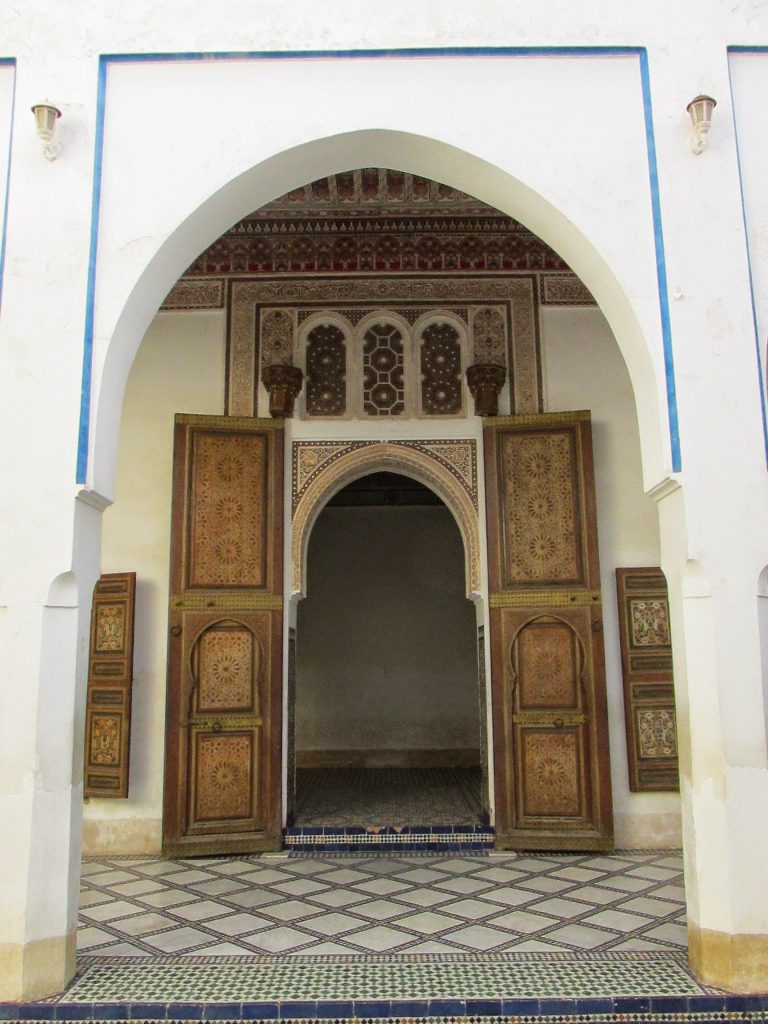


Jemaa El-Fnaa
No trip to Marrakech is complete without a visit to the famous square and marketplace in the Medina, called the Jemaa El Fnaa.
Most taxis or transfers will jostle with hundreds of mopeds for a space to drop you at the edge of this vibrant square where you then make your way by foot alongside, horse-drawn carriages that are waiting to take tourists on city tours.
The best time to visit the square is just as the sun is setting, when the numerous street stalls are in full swing selling everything from spices and herbs to clothes and handicrafts. The buzz, colour, sounds and atmosphere are the heart, soul and essence of Marrakech.
Regrettably, it is here that some visitors encounter issues due to some desperately sad animal tourism. There are snake charmers as well as individuals who are keen to place a monkey on your shoulder, often without warning, for a photo. My advice is to take a wide berth, say a firm no and refuse the invitation. If you entertain the idea for any amount of time or take a snap using your camera, then you can encounter problems and demands for money.


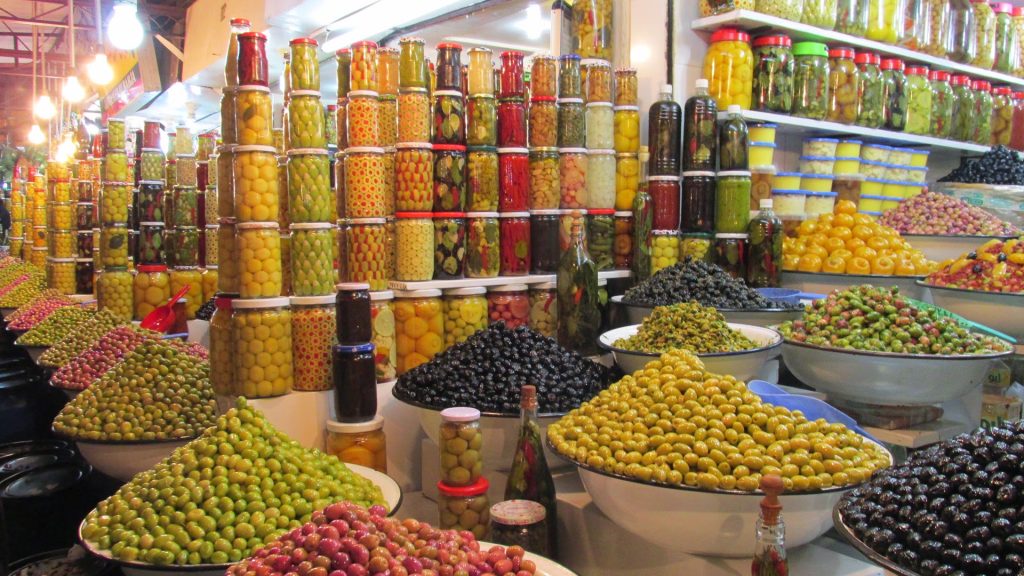
Souk Semmarine & Souk Haddadine
There is no better place to get lost and witness the craftsmanship and skill of the local people than in one of the many souks.
The Souk Semmarine, behind the Jemaa el-Fnaa, is one of the most popular. As you wander along one backstreet it may be selling textiles and clothing, then another will have ceramics or leather goods. Take another turn and you will find food, spices and antiques.
For ironwork and lanterns, the Souk Haddadine is excellent and just a short walk from Souk Semmarine. Here you can see skilled craftsmen using welders or an anvil and hammer to create some fabulous pieces of art.
The quality of the goods on offer is mixed and there is always a deal to be had. Every stall will suggest a price, that after haggling, and walking away which is always a good tactic, will probably have dropped 50% or more. So be strong, resolute and stand firm on what you believe the item to be worth and be prepared to say “no”.
If you love witnessing creative talent and have an eye for a bargain, then this is the place for you!



Koutoubia Mosque
One of the most iconic symbols of Marrakech is the famous Koutoubia Mosque. Built-in the 12th century and standing at over 70 metres in height, it is not only the largest Mosque in the city but also the most beautiful, with its pink colour and beautiful gardens.
Kasbah Mosque and Saadian Tombs
The second largest mosque in Marrakech is the Kasbah Mosque which is alongside the famous Saadian Tombs. These were created during the reign of Sultan Ahmad al-Mansur in the late 16th century and are the final resting place of seven Sultans and numerous family members of the Saadian dynasty.


Musee Yves St Laurent Gardens
During the 1960’s the classic French designer Yves Saint Laurent fell in love with Marrakech so much so, that in 1980 he ended up buying the Jardin Majorelle. Today the Musée Yves St Laurent Gardens is a world-leading botanical garden, famous for its collection of Cacti.
In 2017, the impressive Musée Yves Saint Laurent opened, showcasing a collection of his finest fashion along with the latest creations from local artists and designers.
Maison de la Photographie
For those interested in both photography and the history of Morocco, then I would recommend a visit to the centrally located, Maison de la Photographie. This gallery is home to a collection of lifestyle photos taken between the late 19th century and the mid-20th century by Patrick Menac’h and Marrakshi Hamid Mergani.
The Atlas Mountains
A 45-minute journey from Marrakech will take you into the glorious and sometimes snow-capped, Atlas Mountains where you can experience a range of exciting excursions or activities. I took an airconditioned 4X4 jeep safari which should be booked in advance.
My bumpy yet thoroughly fun and informative trip included a visit to a traditional Berber Village, a tour of the Argan Oil Cooperative and a visit to the spectacular Ouzoud Waterfall.



Eating Out
Dining out in Marrakech is one of the highlights of any visit. You cannot visit Morocco and not try the tagine – a meat, vegetable and fruit stew that’s simmered for hours in a clay pot, and then served with warm flatbread. Another traditional Moroccan dish is Pastilla, a pie made with thin layers of pastry and stuffed with meat, almonds and eggs, while spiced with saffron and coriander.
There are also Couscous dishes, Merguez – a North African sausage, Bissara – a broad bean soup and of course, there is Babbouche – those pesky Moroccan Snails! A word of warning when eating at the outdoor stalls – ensure you are not alone… as with so many establishments in the world, check out where the locals are dining!
If you enjoy wine, then there is a blossoming Moroccan wine industry with products from local wineries served up in most restaurants along with international brands of beer. The consumption of alcohol in public is forbidden and it is worth noting that there are further restrictions during Ramadan. If you do just need to grab a stiff drink then the Sky Bar is one of the best options in the city.
I would suggest you book ahead when dining out. Here are three restaurants I enjoyed on my visit:
Comptoir Darna
This beautiful stylish nightspot serves up traditional and international cuisine in sumptuous atmospheric surroundings. To accompany the food and the setting, there is belly dancing and traditional entertainment throughout the evening, as well as a Shisha area and a lively bar.
Le Marrakchi
This lovely traditional restaurant is perched up high in the corner overlooking the Jemaa El Fnaa. Here you can enjoy a fabulous menu of tagines and local dishes all intensely flavoured with spices and aromatic herbs.
Dardar
With traditional Moroccan food, and a wonderful rooftop bar serving classic cocktails to trendy sounds, the Dardar restaurant is one of the city’s coolest venues with great views across the skyline and beyond.
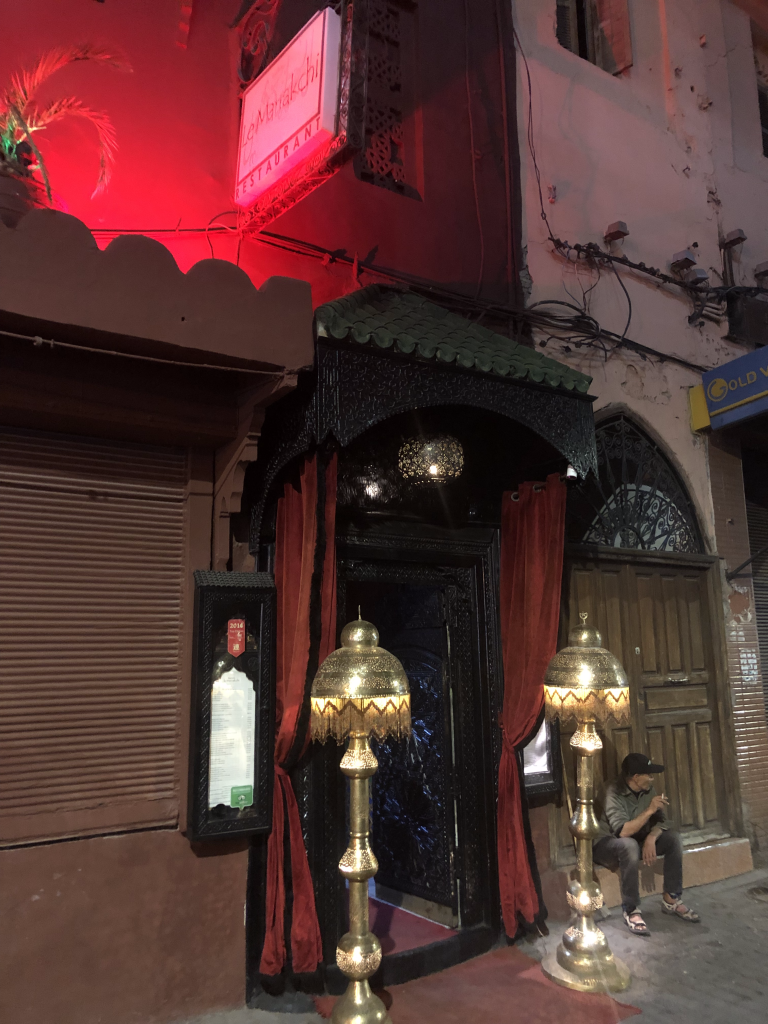



Top 10 Things To Do and Places To See in Marrakech
These activities offer a diverse range of experiences that showcase the rich culture, history, and natural beauty of Marrakech, ensuring an unforgettable visit to this vibrant city.
- Jemaa el-Fnaa: Explore Marrakech’s bustling main square, known for its lively atmosphere, street performers, market stalls, and traditional Moroccan cuisine.
- Medina Souks: Wander through the narrow alleyways of the Medina to discover a maze of vibrant souks selling everything from spices and textiles to leather goods and handicrafts.
- Bahia Palace: Step back in time at this stunning 19th-century palace, known for its intricate tile work, ornate architecture, lush gardens, and tranquil courtyards.
- Koutoubia Mosque: Admire the towering minaret of Marrakech’s largest mosque, an iconic landmark with beautiful Islamic architecture and serene surroundings.
- Jardin Majorelle: Escape the hustle and bustle of the city at this tranquil botanical garden, famous for its vibrant blue buildings, unique plants, and charming café.
- Saadian Tombs: Explore these historic tombs dating back to the Saadian dynasty, featuring intricately decorated mausoleums and beautifully landscaped gardens.
- El Badi Palace: Marvel at the impressive ruins of this once-grand palace, with its massive sunken gardens, towering ramparts, and sweeping views of the city.
- Cooking Class: Learn the secrets of Moroccan cuisine with a cooking class, where you’ll shop for ingredients in the souks and prepare traditional dishes like tagine and couscous.
- Atlas Mountains Day Trip: Escape the city for a day to explore the stunning landscapes of the Atlas Mountains, where you can hike, visit Berber villages, and enjoy breathtaking views.
- Hammams and Spas: Indulge in a traditional Moroccan hammam experience, where you can relax in steam rooms, enjoy invigorating massages, and pamper yourself with luxurious treatments.
Where To Stay in Marrakech
When planning a visit to Marrakech, the location, style and standard of your accommodation are all important – in fact, I would go so far as to say it could make or break your trip, so if you can, spend a little extra. Here I offer a glimpse into just some of the accommodations available in Marrakech, catering to different budgets and preferences.
Luxury:
- Royal Mansour Marrakech: An opulent palace hotel offering lavish suites, private riads, a spa, multiple restaurants, and impeccable service in a luxurious setting.
- La Mamounia Marrakech: A prestigious hotel set within lush gardens, featuring elegant rooms, world-class dining, a spa, swimming pools, and a historic atmosphere.
- Four Seasons Resort Marrakech: A luxurious resort offering spacious accommodations, lush gardens, a spa, swimming pools, fine dining options, and impeccable service in a serene setting.
- Fairmont Royal Palm: A luxurious tranquil hotel featuring gorgeous rooms and suites, a spa, swimming pools, fine dining, and elegant Moroccan art and style. The hotel, just 20 minutes from Marrakech centre, also boasts a magnificent 18-hole golf course.
Mid-Range Boutique:
- Riad Jardin Secret: A charming boutique riad offering cosy rooms, a courtyard garden, a rooftop terrace, and personalized service in the heart of the Medina.
- Riad BE Marrakech: A boutique riad with stylish rooms, a courtyard pool, a rooftop terrace, and a tranquil atmosphere near the souks and attractions.
- Riad Kniza: A boutique riad featuring elegant rooms, Moroccan décor, a courtyard garden, a rooftop terrace, and traditional Moroccan hospitality in a historic setting.
- Club Med la Palmaraie: A popular family hotel on the outskirts of the city in the “La Palmeraie” area of Marrakech. This is a great choice for its range of sports and activities to keep the kids happy.
Budget:
- Hotel Riad Azukar: A budget-friendly option with comfortable rooms, a courtyard garden, and a convenient location near the Medina and Djemaa el Fna square.
- Riad Dar One: An affordable riad offering simple rooms, a courtyard pool, and a relaxed atmosphere in the heart of the Medina.
- Hotel Ali: A budget hotel with basic accommodations, friendly service, and a central location within walking distance of Marrakech’s attractions.
For those looking to enjoy the hustle and bustle of Marrakech but have a few days of relaxation, how about combining your stay with a few days in the nearby Atlas Mountains? A popular retreat here is the Kasbah Tamadot which offers superb levels of service whilst having numerous cultural experiences, sports and hiking opportunities on the doorstep.


More Information
Marrakech will ultimately deliver a fantastic city break. Yes, you can expect snails but certainly not a snail’s pace! If you embrace this frenetic, somewhat hectic city, respect the culture, and ride any bumps along the way, then you are in for a treat.
For more information on taking a trip to Marrakech contact Visit Morocco, your local travel agent or tour operator.








